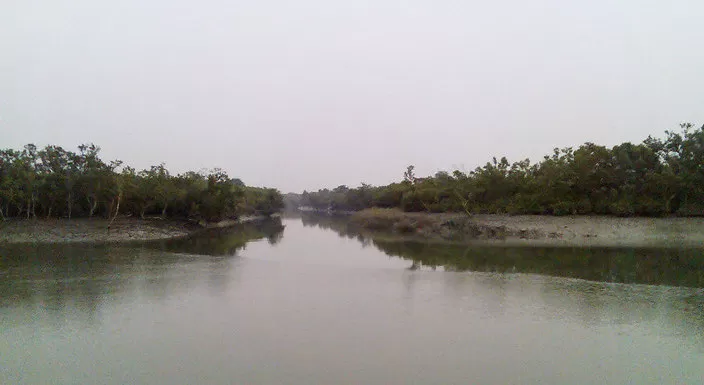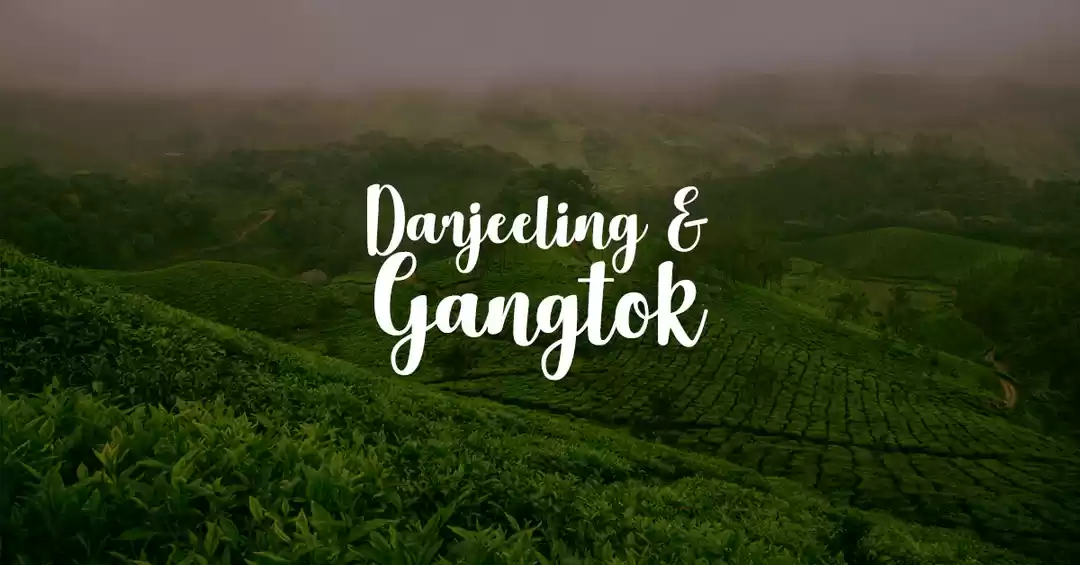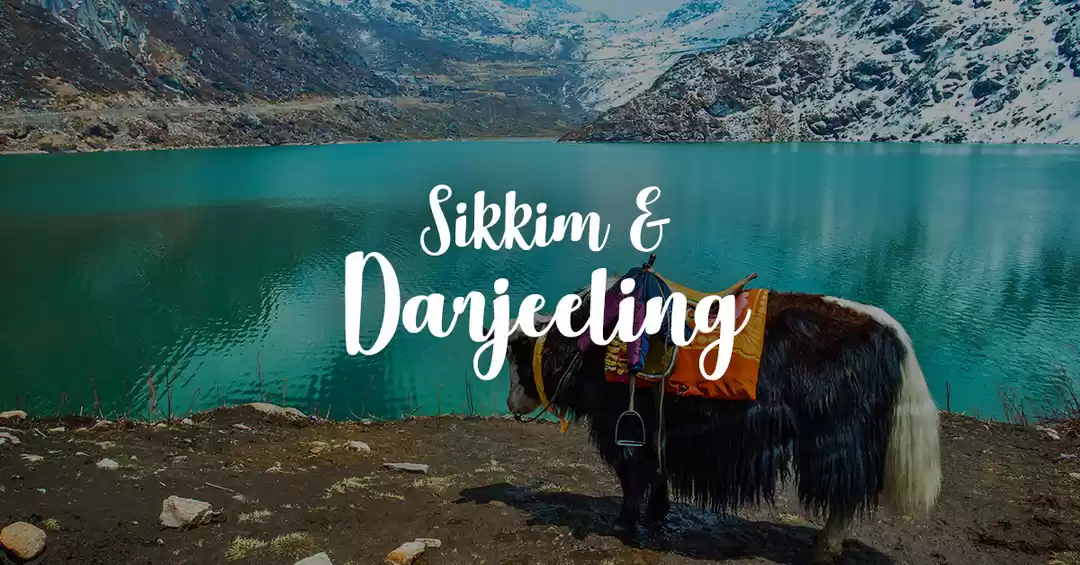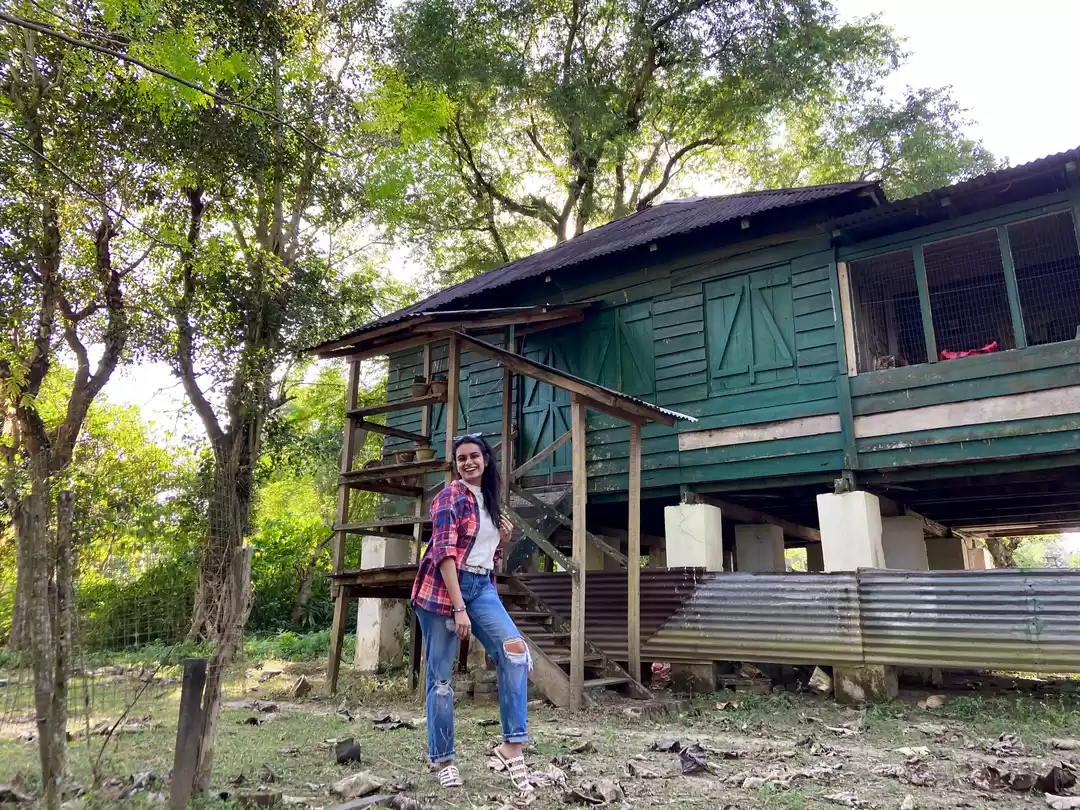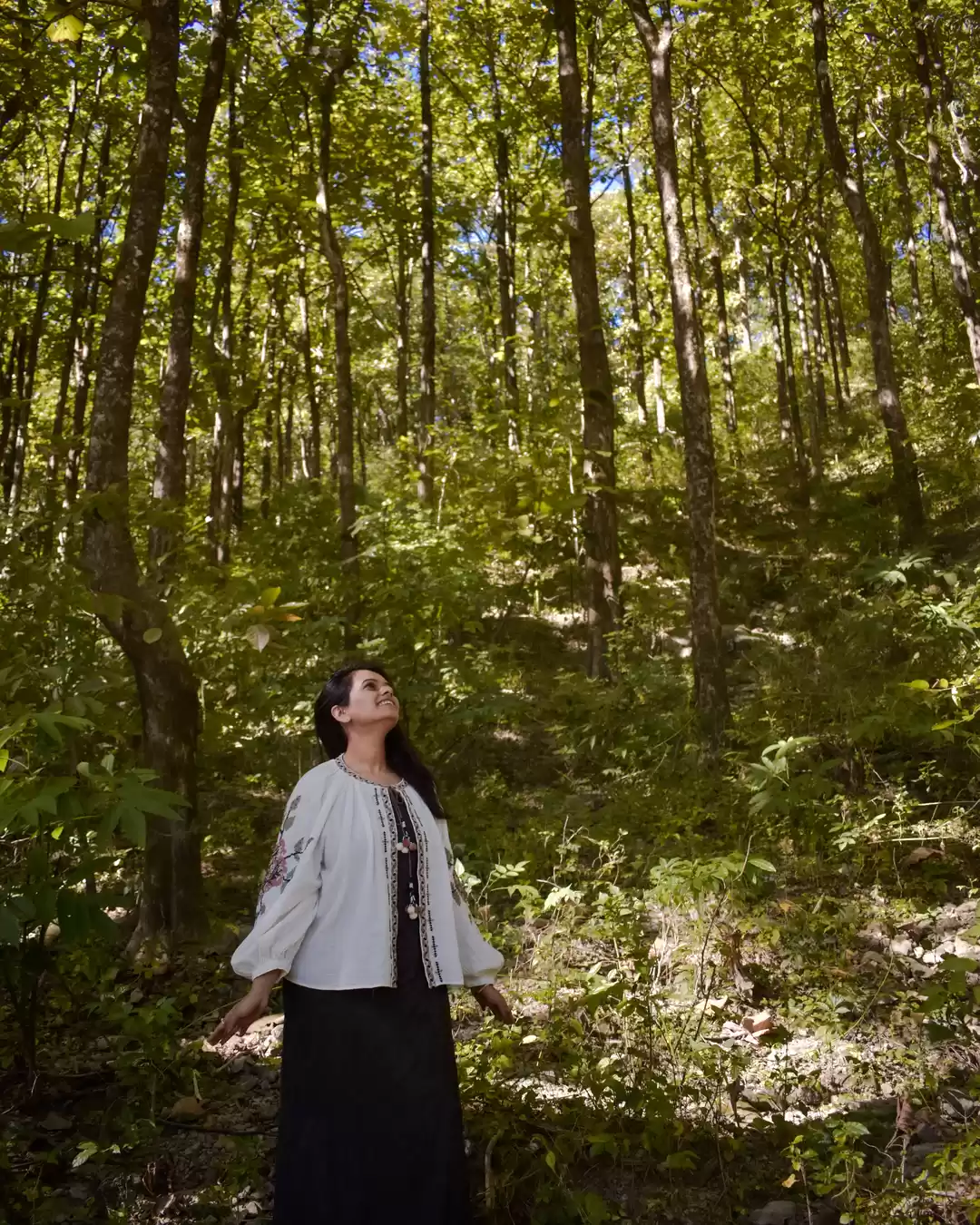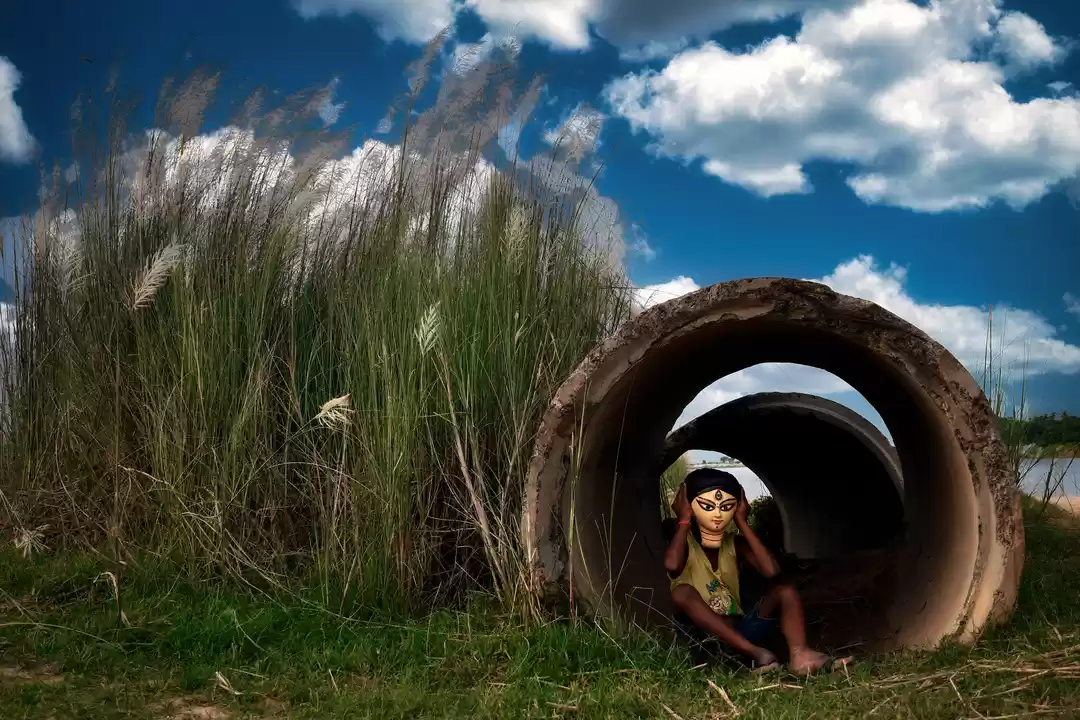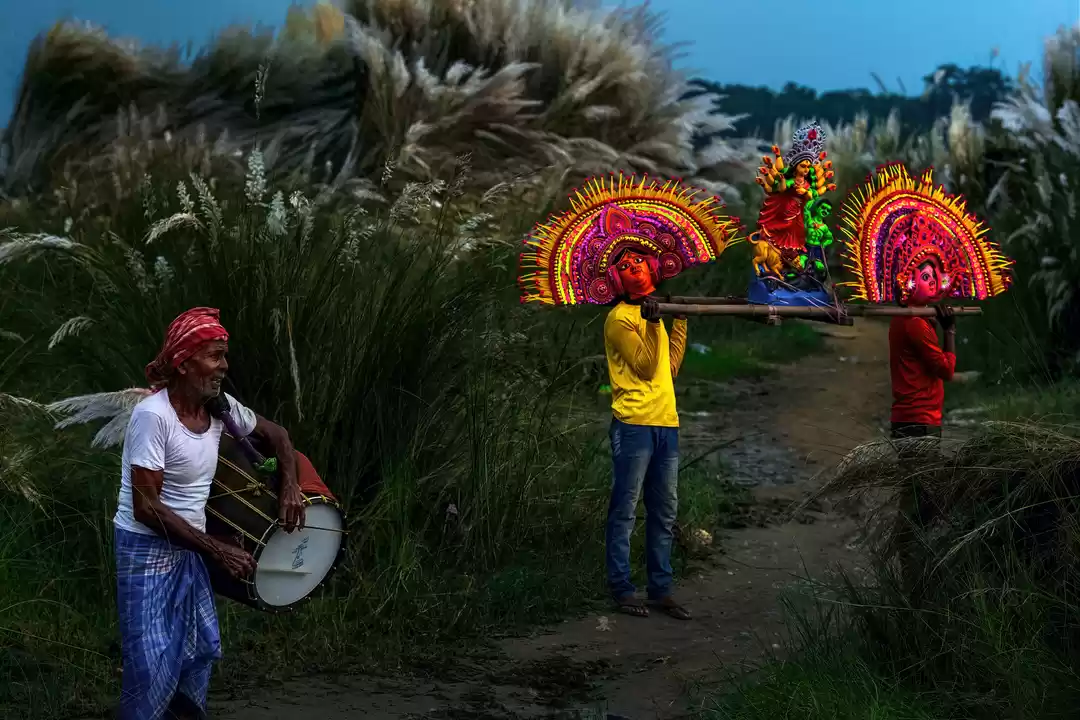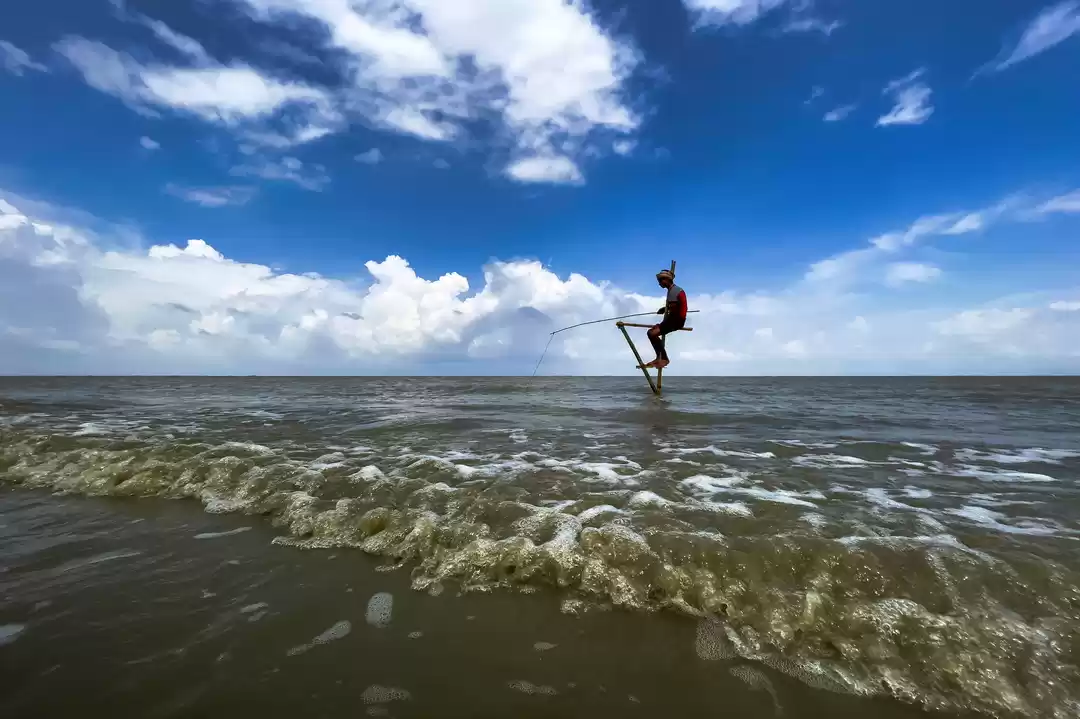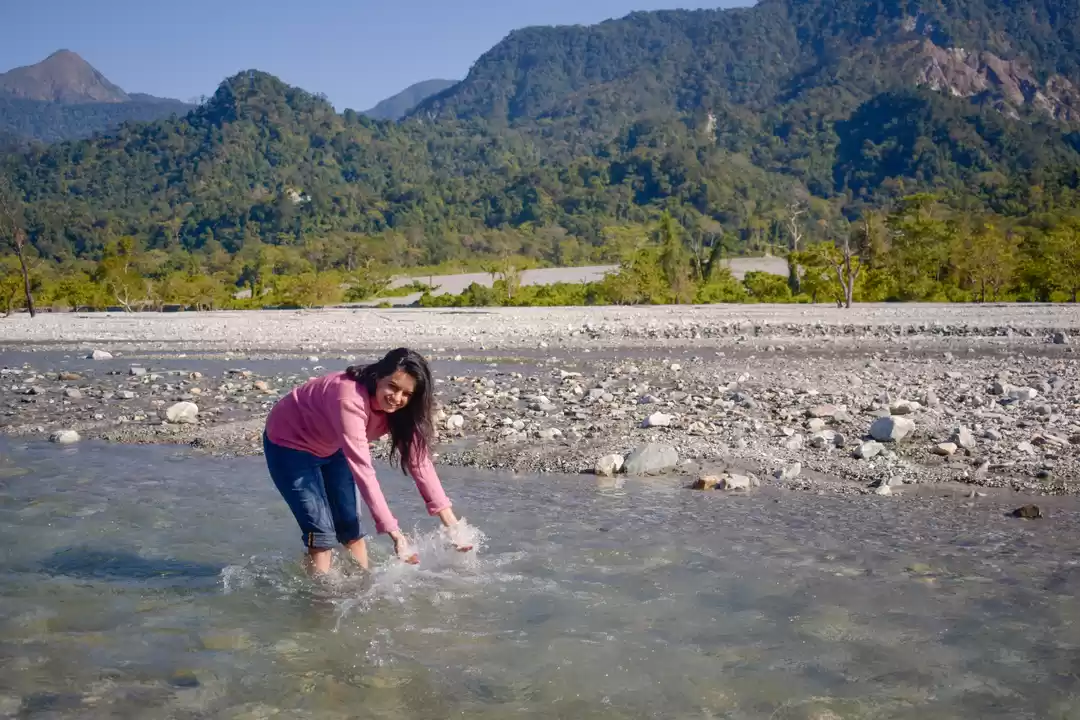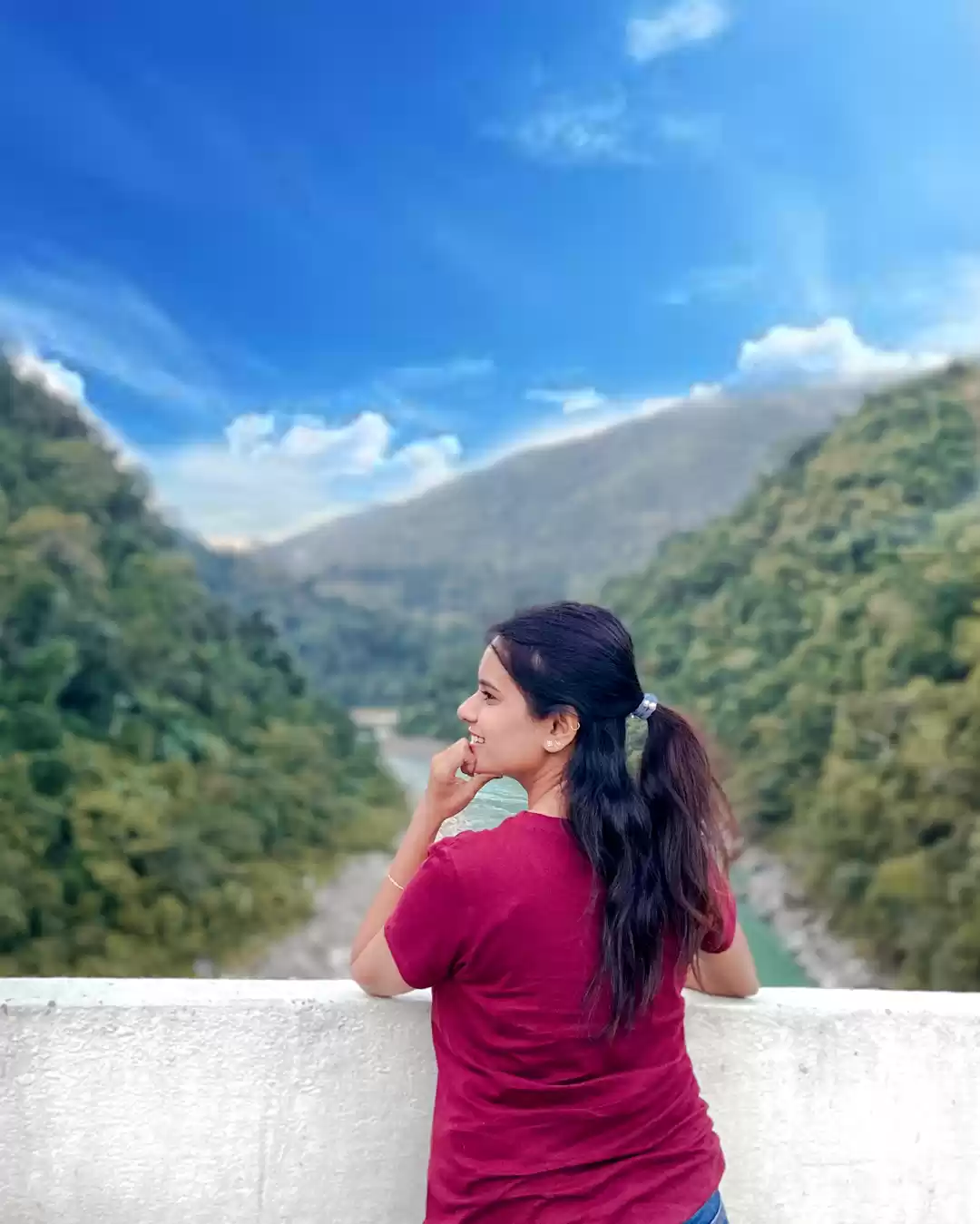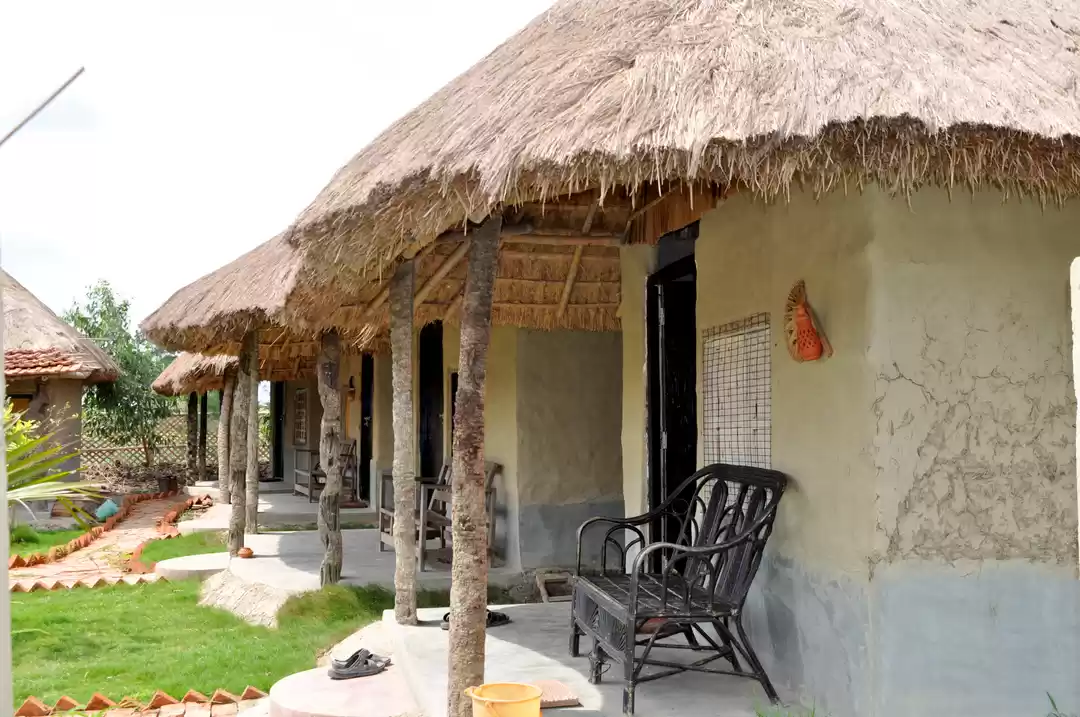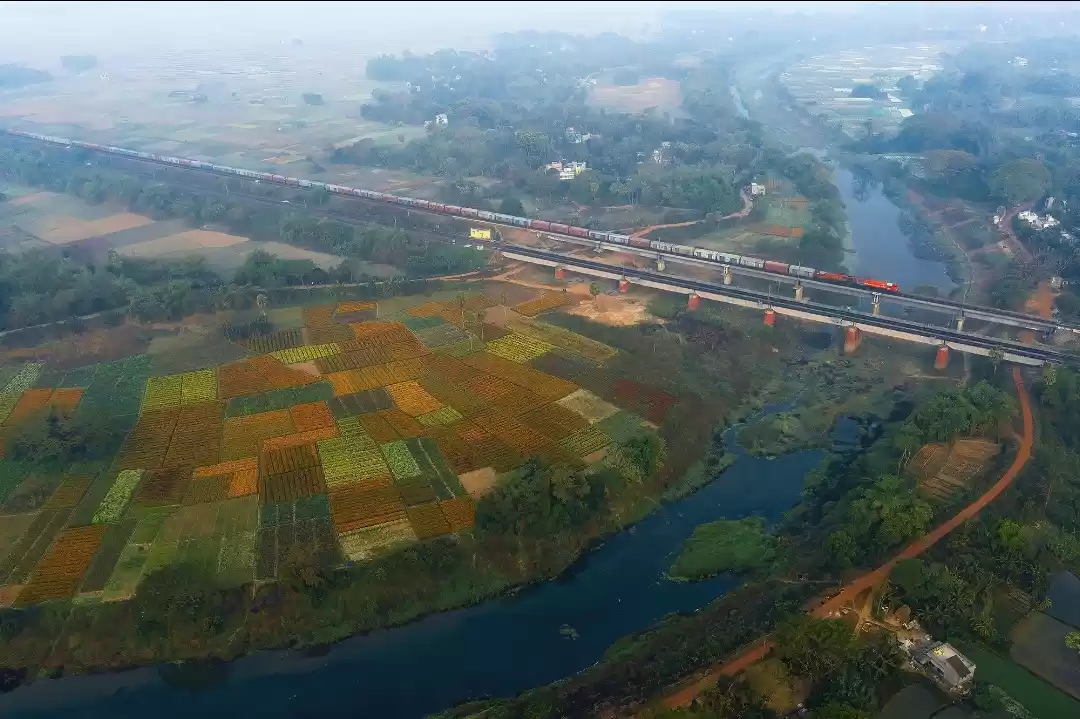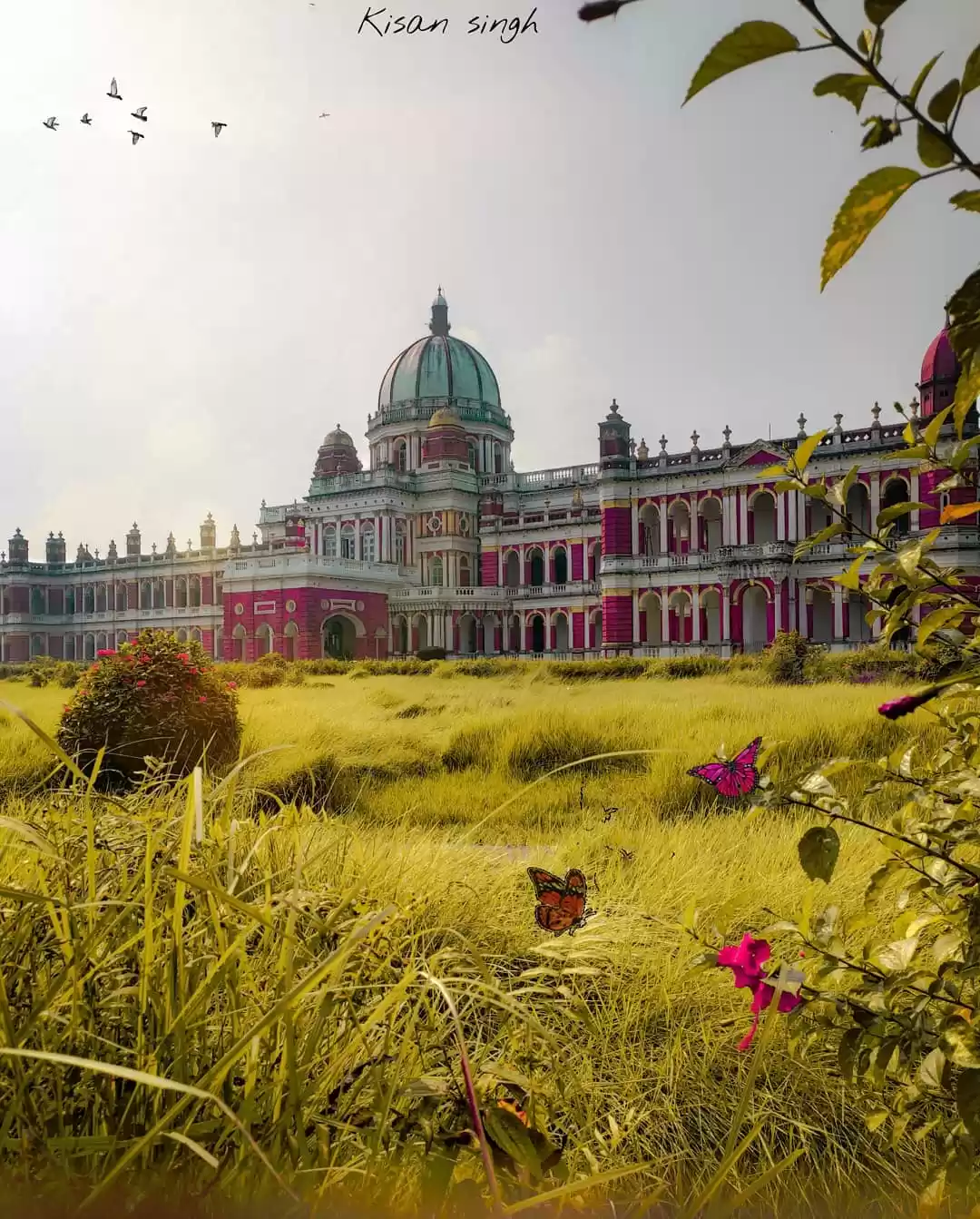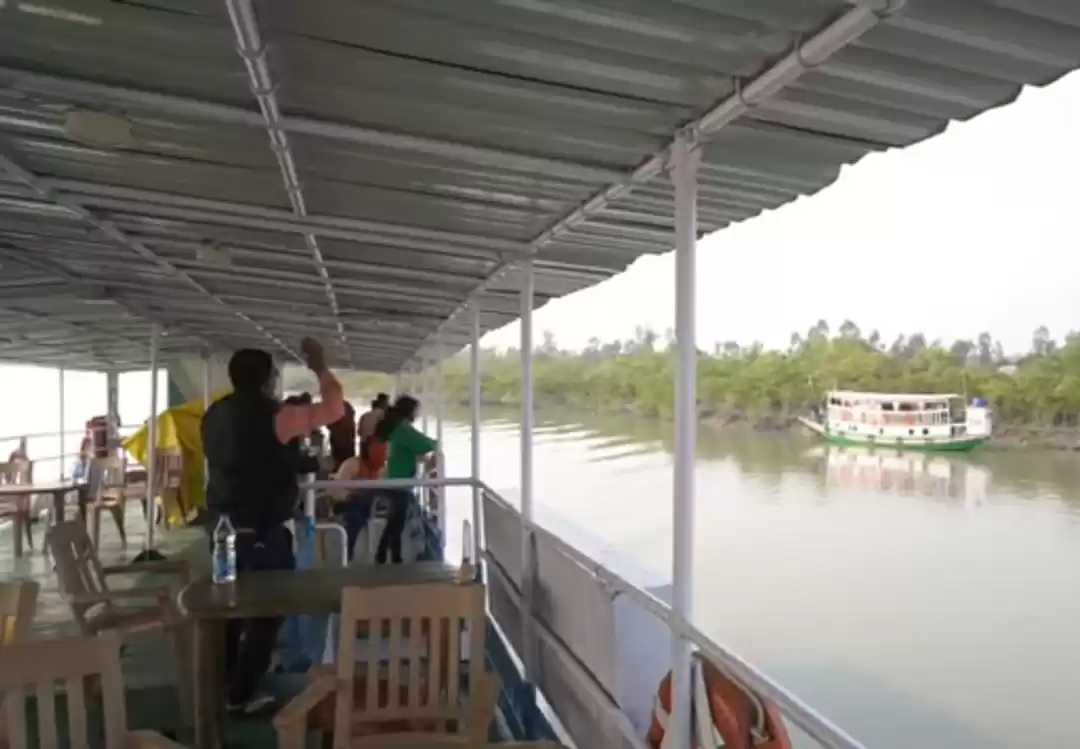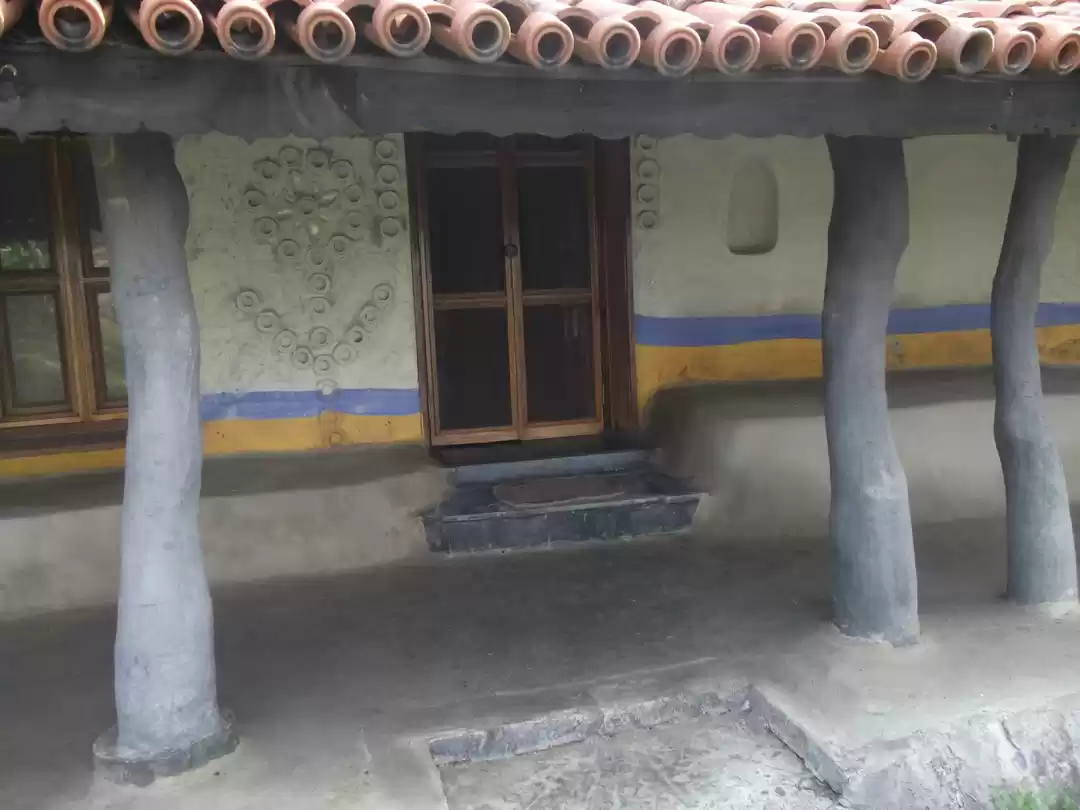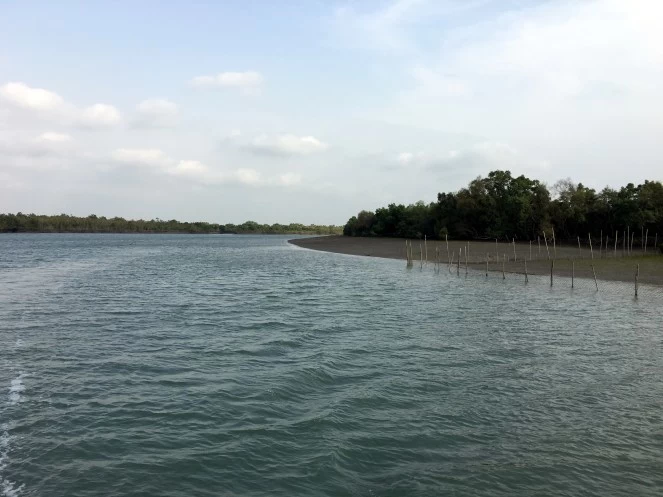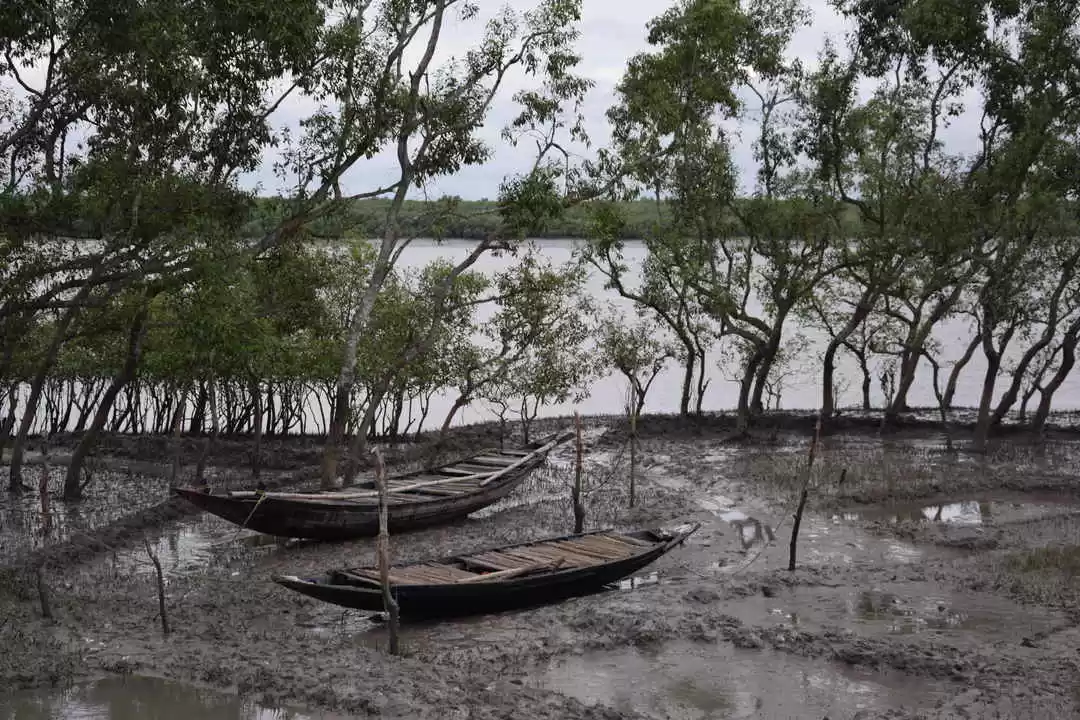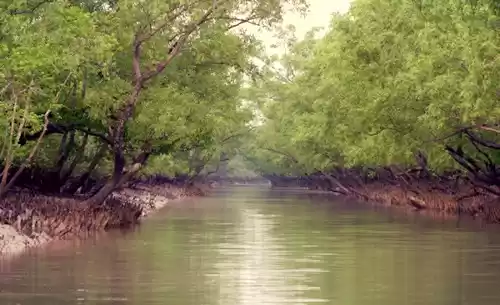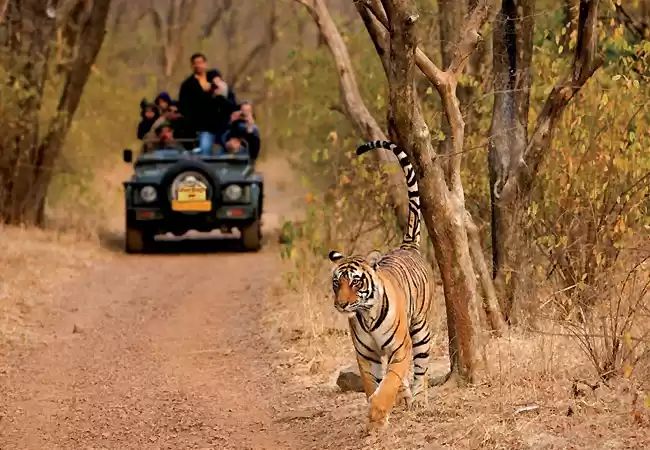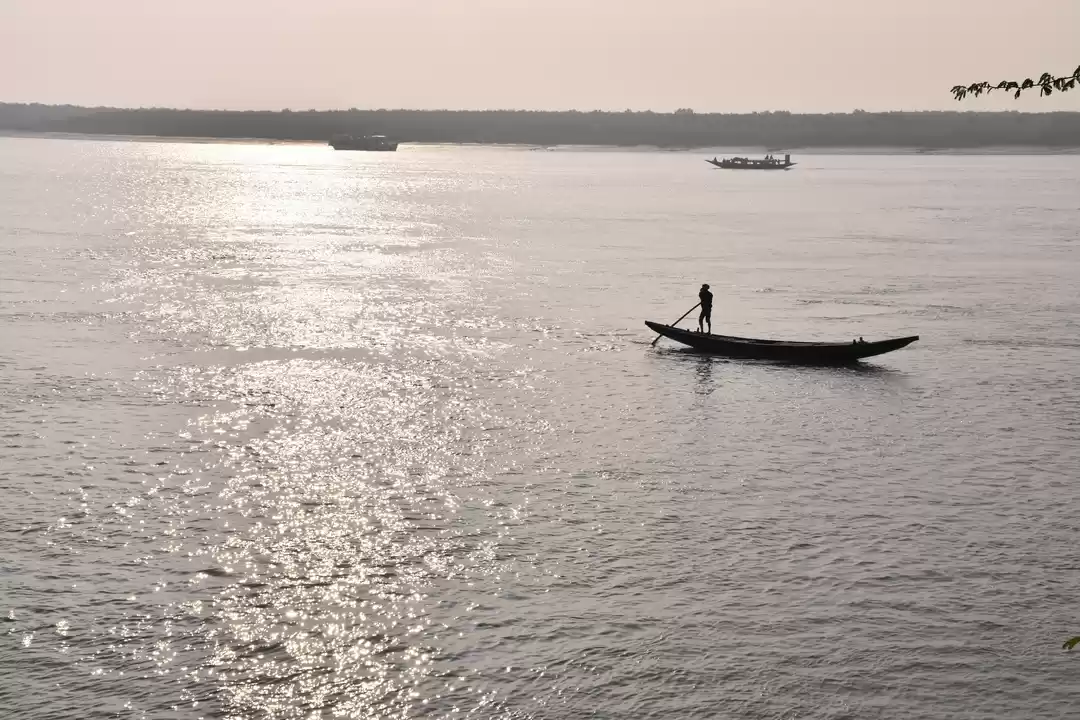

Sundarban, the largest delta in the world, has about nearly 10,200 sq km of Mangrove Forest under its region, which is found notonly in India but in Bangladesh also. The part of the forest which under the control of The Indian Government is called Sundarbans National Park and iand covers the Ganges Basin of West Bengal. The National Park occupies an area of 38,500 sq km, of which about one-third is covered by water/marsh. The abundantly found Sundari Trees are the basis of This National Park getting its name as Sunderban. Unfortunately, photoshoots while safari is not allowed.
Agriculture is the main source of occupation of people of Sundarbans who live in villages adjoining the forest. The hardships of daily existence have granted them the feelings fraternality and non-communal traditions. Hindus and Muslims live side by side and respect each others Gods as well as worship them. Royal Bengal Tiger which is the main attraction of The Sunderbans are found abundantly along with rich flora and fauna. These Royal tigers has adapted to the conditions of Sunderbans in such a way that they now they do not find difficultly in swimming in saline waters here. It is the natural habitat of many other wild animals like jungle fowl, giant lizards, spotted deer, wild boar, crocodiles, etc. During the migration season, Siberian Ducks come and settle here .Besides the Royal Bengal Tiger, Sundarbans is also home to endangered species like Batagur baska, King Crabs and Olive Ridley Turtles
HISTORY
Sundarbans has been a wildlife sanctuary since 1966. In the year 1073, The Sunderban National Park was announced as the core area of The Sunderban Tiger Reserve. It was declared a UNESCO World Heritage in 1987 and the Sundarbans region as a whole was declared a Biosphere Reserve in 1989. Of around 300 Royal Bengal tigers and approx. 30000 Spotted Deers have made Sunderban there habitat.
WHERE TO STAY
Within and outside the Sunderbans Wildlife Sanctuary, one can find a number of hotels, wildlife resorts, forest lodges and jungle camps .
The wildlife resorts and hotels in Sunderbans cater to the tastes and budgets of all kinds of travelers. Rooms tend to fill up during peak tourist season hence, it is advisable to make advance reservations. All wildlife resorts in Sunderbans arrange park safaris.
TIPS
- Foreign tourists wanting to visit the park and observe tigers have to obtain a special entry permit. The tourists will have to contact the Secretary, West Bengal Forest Department, Writer's Blidge, Kolkata.
- To obtain entry permit for other areas of Sundarbans, tourists will have to meet the Field Director, Sundarbans Tiger Reserve, PO Canning, District 24 Parganas, West Bengal. A boat cruise through Sunderbans outside the sanctuary, however, does not require any entry permit.
- Visiting the sanctuary independently might be difficult, what with permits and tricky transport connections to organize. It’s not cheap either; you’ll have to bear the cost of boat rentals alone. Organized group tours are a better and comfortable option.
- It will be wise to carry your own drinking water or some water purifying tablets/liquid drops.
FUN FACTS
- The Sundarbans has been declared a UNESCO World Heritage Site.
- Six species of Shark are known to inhabit the Sundarbans.
